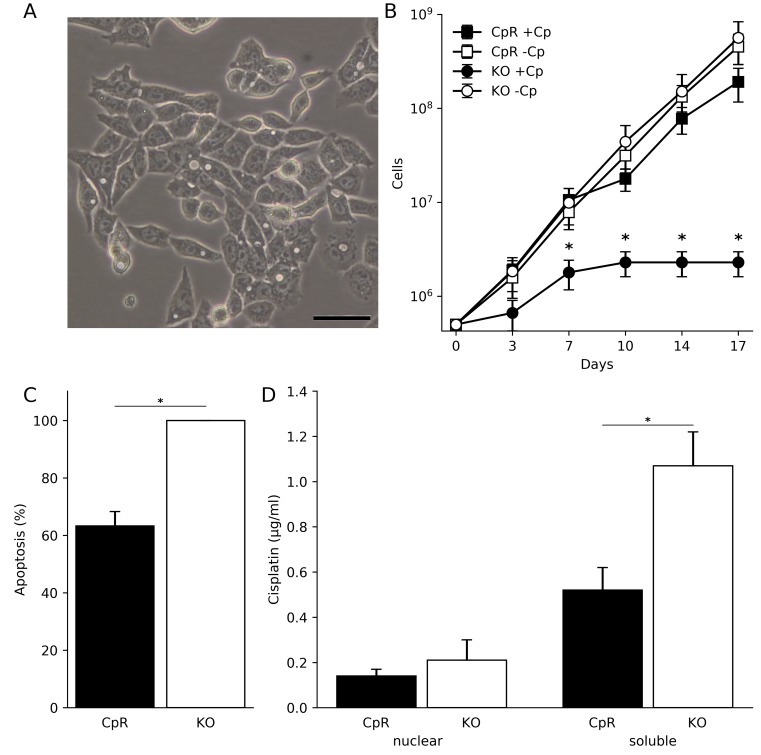Figure 2. Human hepatoma cells lacking ATP7B can adapt to proliferation in toxic cisplatin.
(A) Light microscopic image of CpR cells after continuous growth in toxic cisplatin concentration for more than a year. Cell morphology was identical to parental cells. Scale bar, 50 µm. (B) Cumulative growth of CpR cells in the presence (+Cp) and absence (-Cp) of cisplatin. Growth of parental ATP7B KO cells is depicted for comparison. Mean/SE are given (n = 3). (C) Determination of apoptosis by Annexin V staining in CpR cells and ATP7B KO cells. Mean/SE are given (n = 3). (D) Intracellular cisplatin concentration was determined in nuclear and soluble fractions of CpR and ATP7B KO cells. Mean/SE are given (n = 3). *P < 0.05.

